When I was a beginning teacher, I did not know what Process Art meant or was. I organized a lot of craft projects for my students. These were the kind of activities where I had preplanned everything—I made a sample to show the children, laid out all the materials they would need, and gave step-by-step instructions. After the children went home, I would sometimes even “fix” the ones that didn’t turn out quite right. Looking back, I realize that these projects were more about decorating a bulletin board than encouraging creativity, exploration, or individual learning.
My Shift In Thinking
It took me a few years to understand that the most important part of creating art in the classroom was ;not the final product—but the process. This shift changed how I teach now and how I view children’s work.
Now, I invite children to explore art materials freely. I encourage them to try out different tools, mix colors, and discover new techniques. I may demonstrate how a tool works, but then I step back and let the children take the lead.
This is process art. It’s about giving children the freedom to create without worrying about doing it “right.” It allows them to express their ideas, make decisions, solve problems, and explore their creativity in meaningful ways.
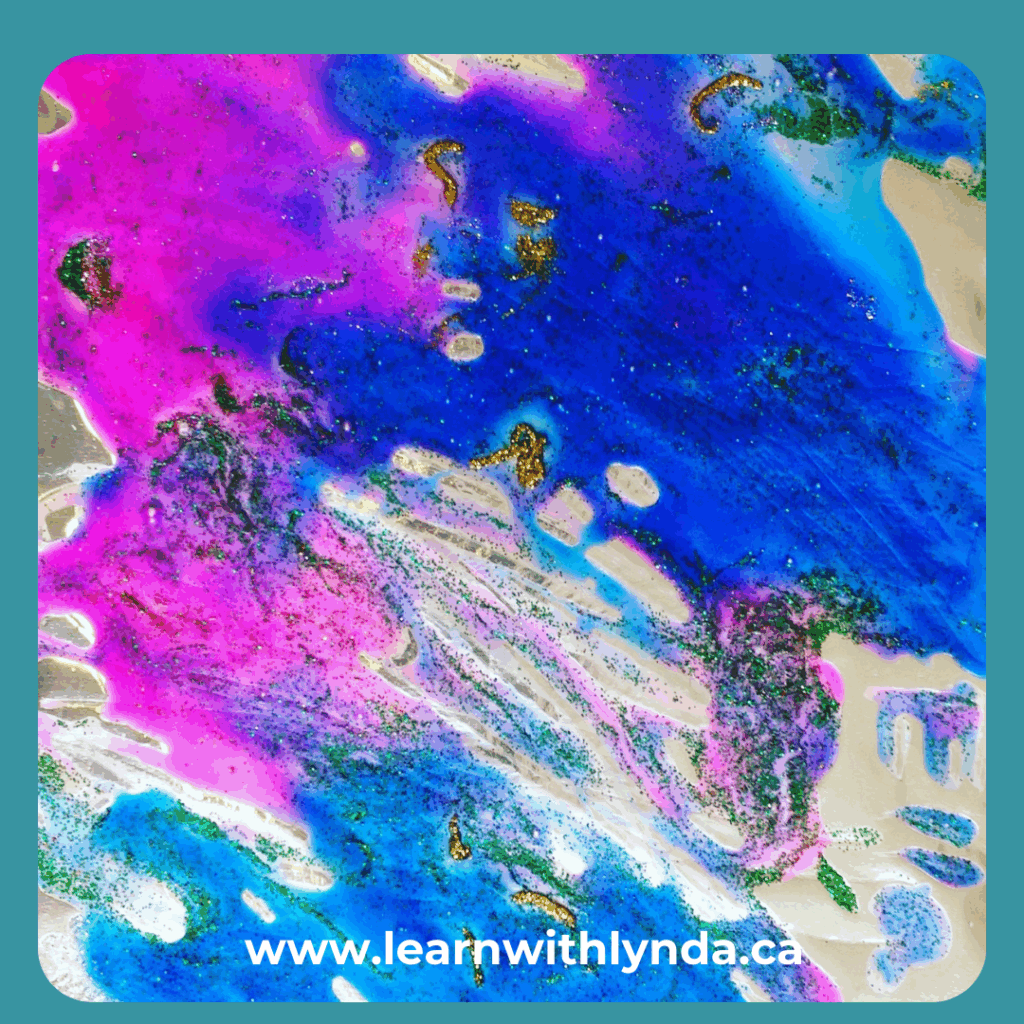
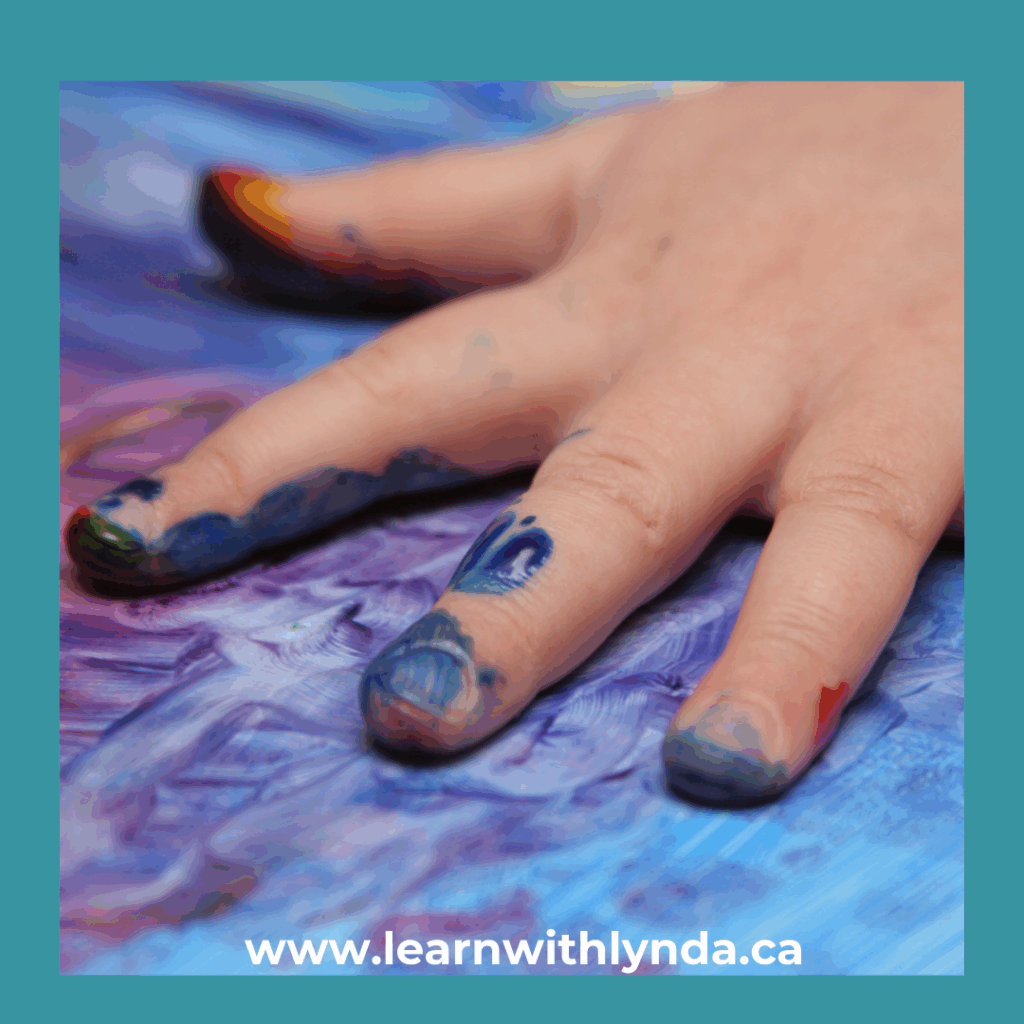
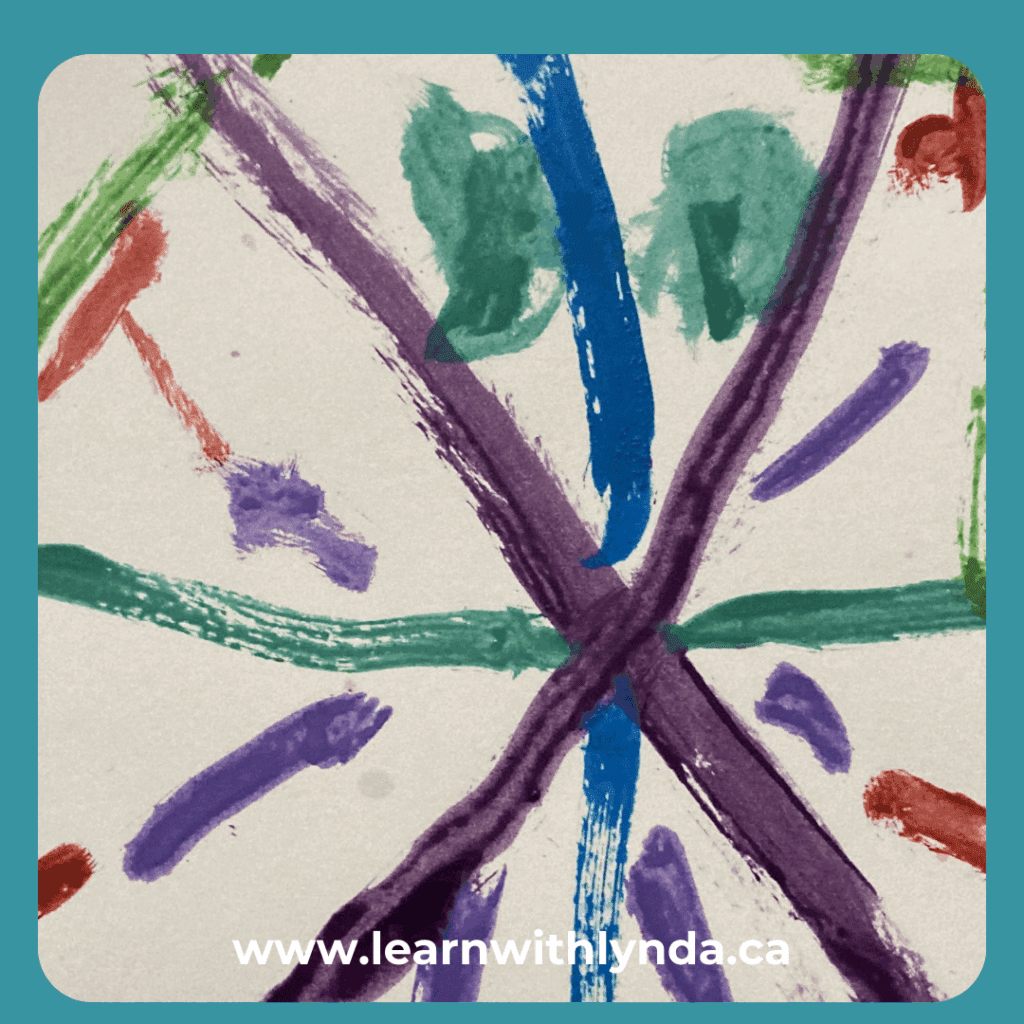
The Value of Process Art
The value of process art goes far beyond the art table. It helps children develop:
- Confidence in their own ideas
- Fine motor skills through cutting, painting, and gluing
- Language and communication as they describe what they are doing
- Thinking skills such as planning, observing, and revising
- Emotional regulation as they focus, express feelings, and work through frustration
Process art also creates a more inclusive learning environment. There’s no “wrong” way to create, so every child can feel successful, regardless of their skill level or background.

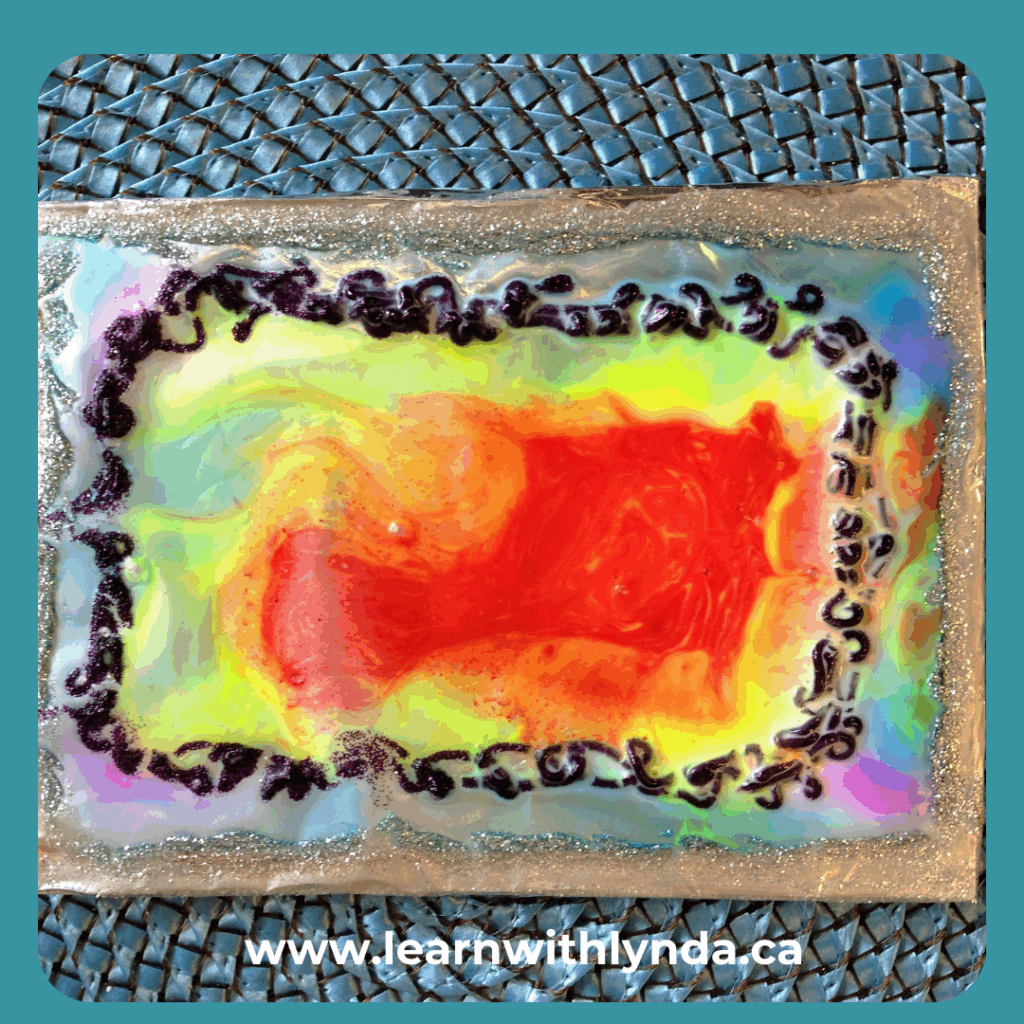
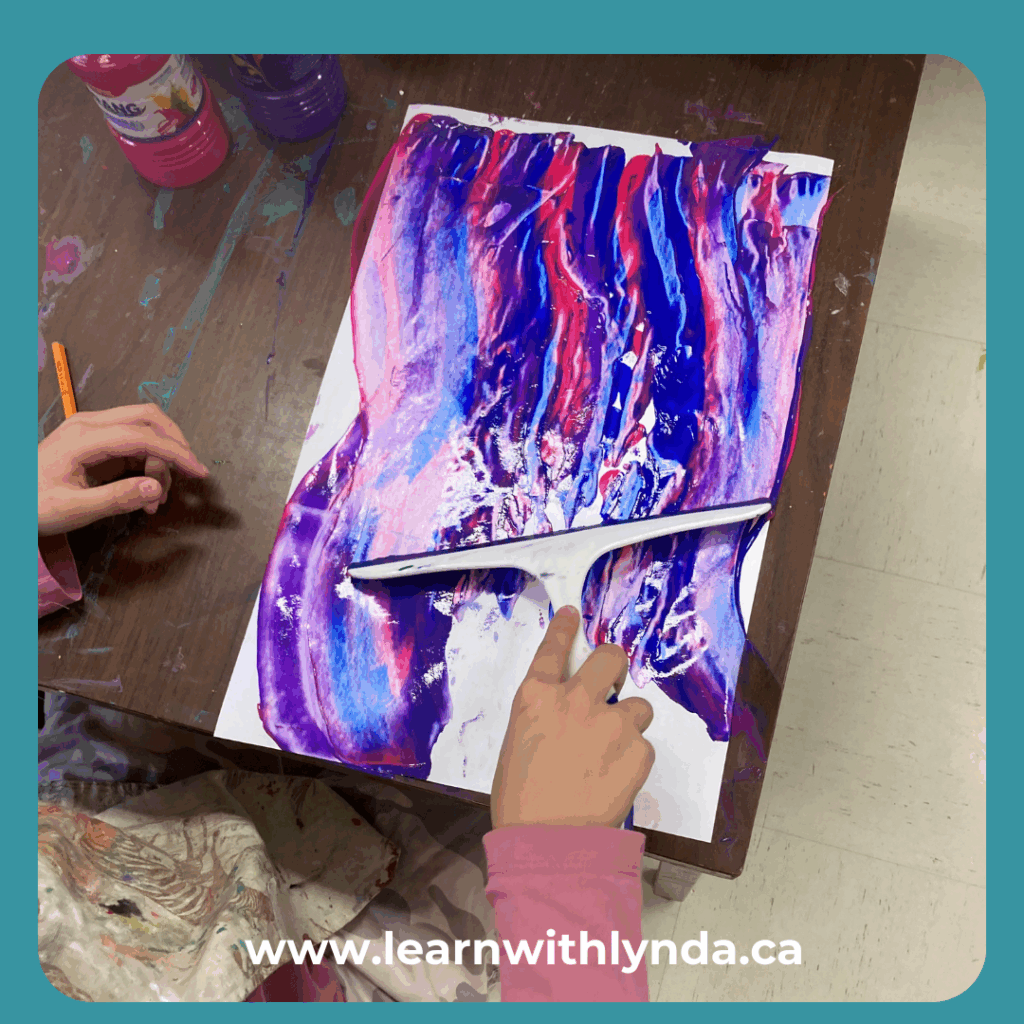
Open-Ended Questions for Process Art
I have also improved the way talk to children about their work. Instead of saying, “That’s so nice!” or “I love it!” I try to ask open-ended questions like:
- “Tell me about your picture.”
- “What did you do first?”
- “How did you make this shape or line?”
- “If you did this again, what might you change or keep the same?”
Do I remember to ask these types of questions every time? No—but I’m working on it.
Do I sometimes step in and take over? Yes—but I’m working on that too.
Learning through Process Art
The truth is, learning happens for everyone in the classroom—not just the students. When we shift our focus from product to process, we give children space to grow as creators, thinkers, and problem-solvers. And we grow too.
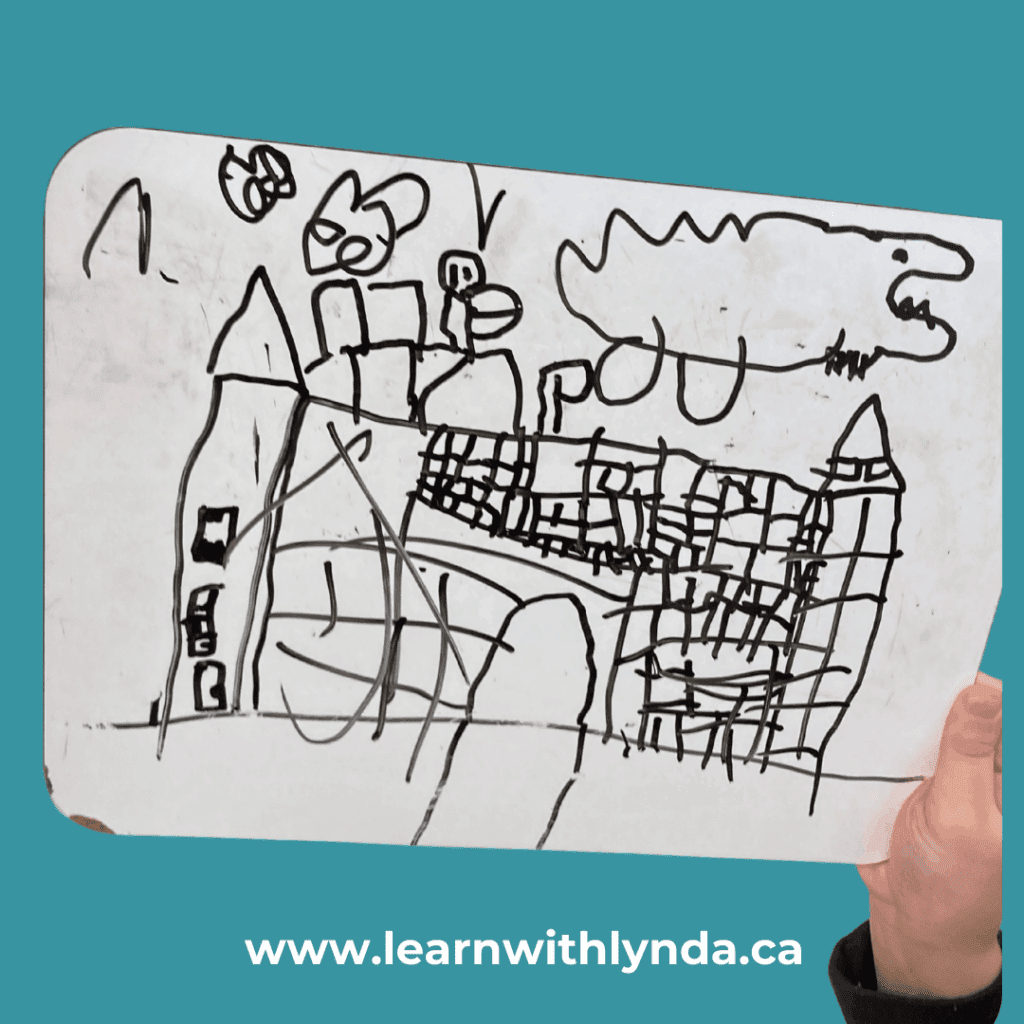
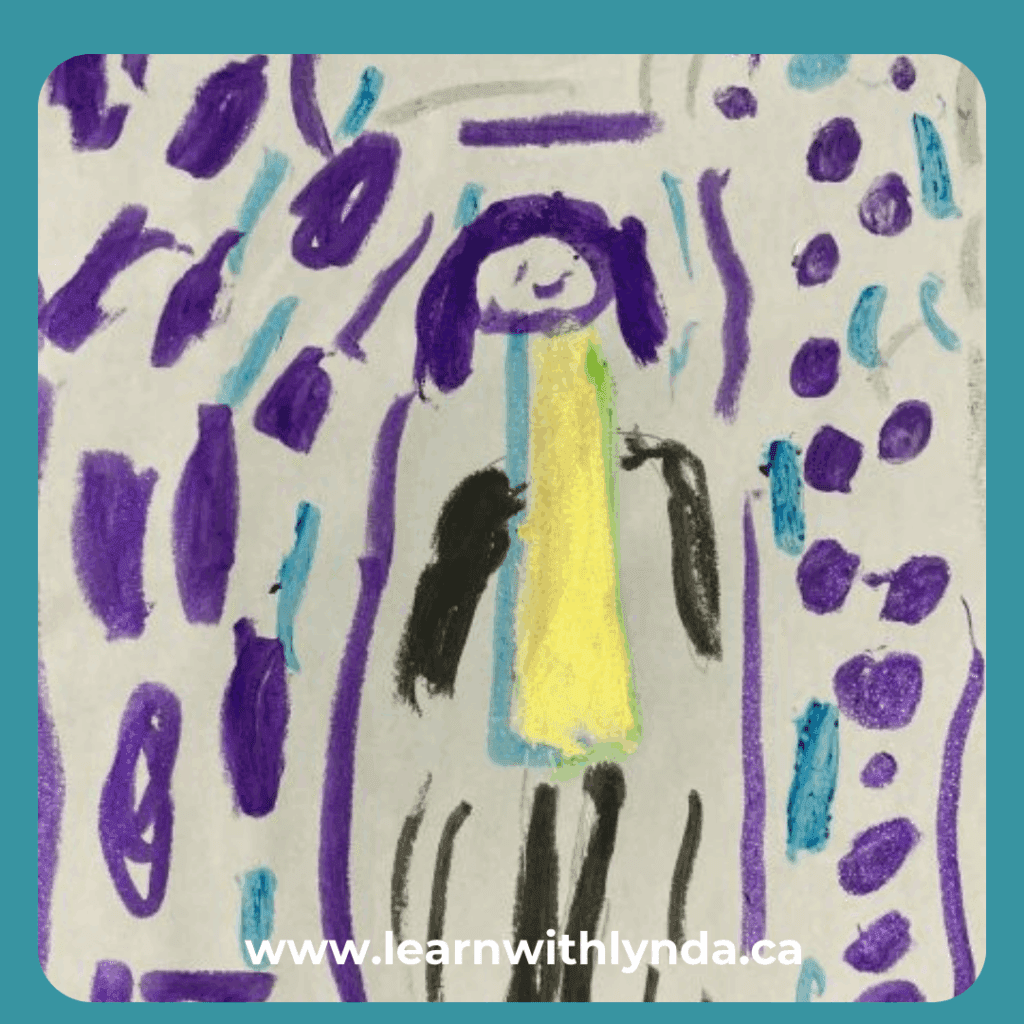
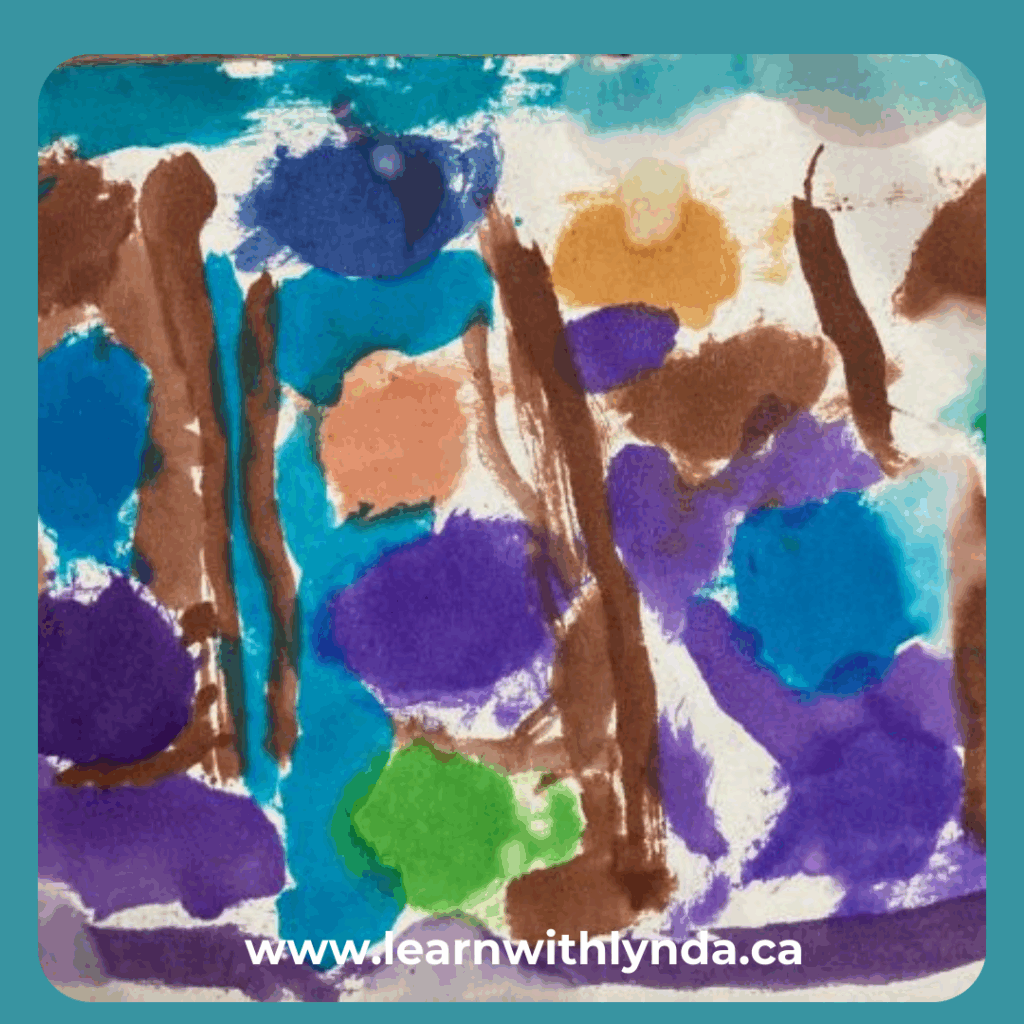
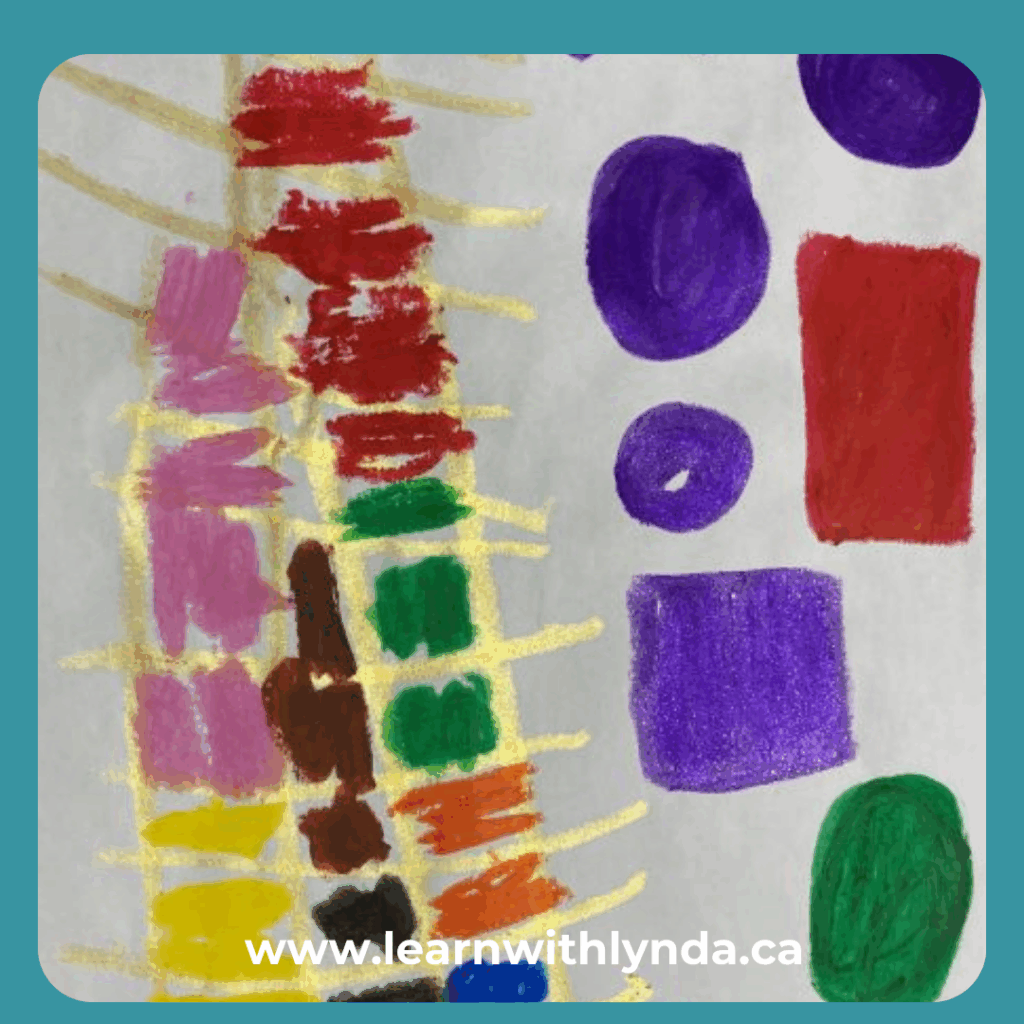
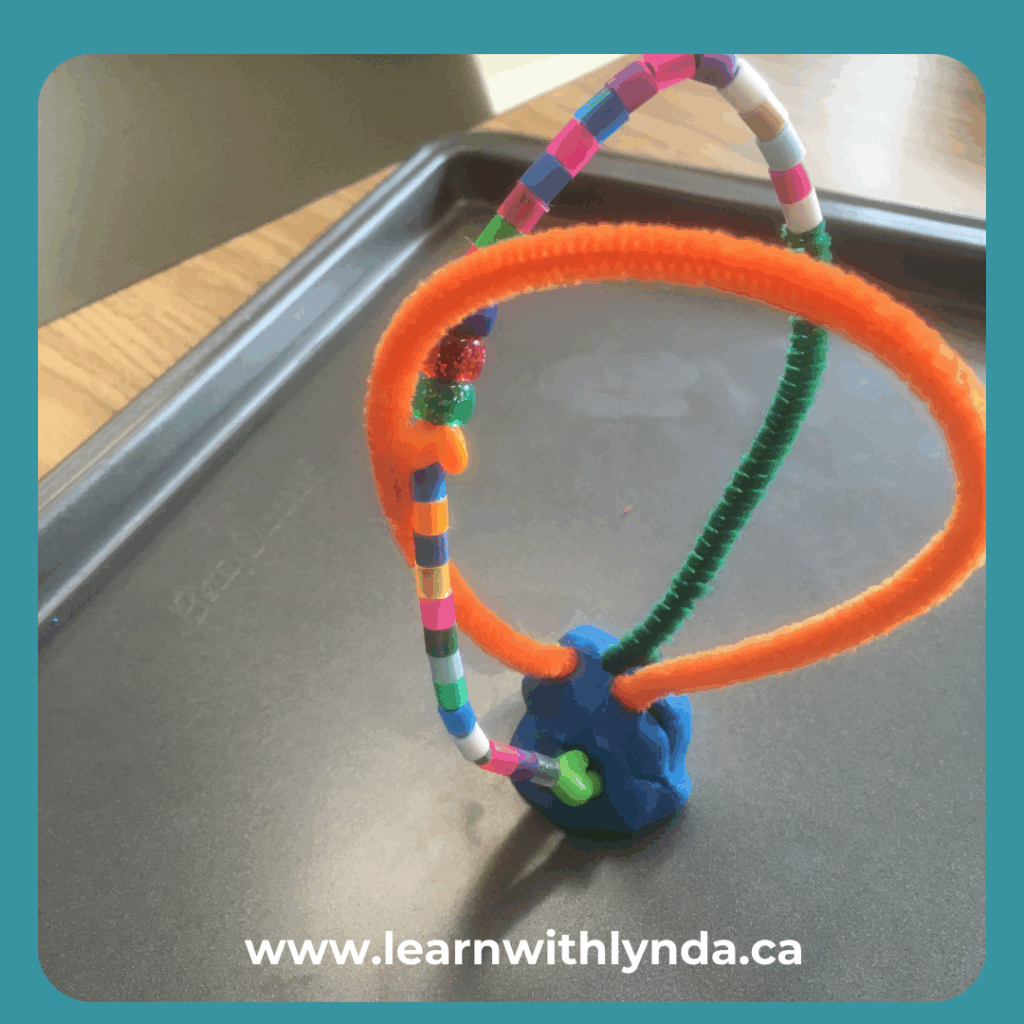
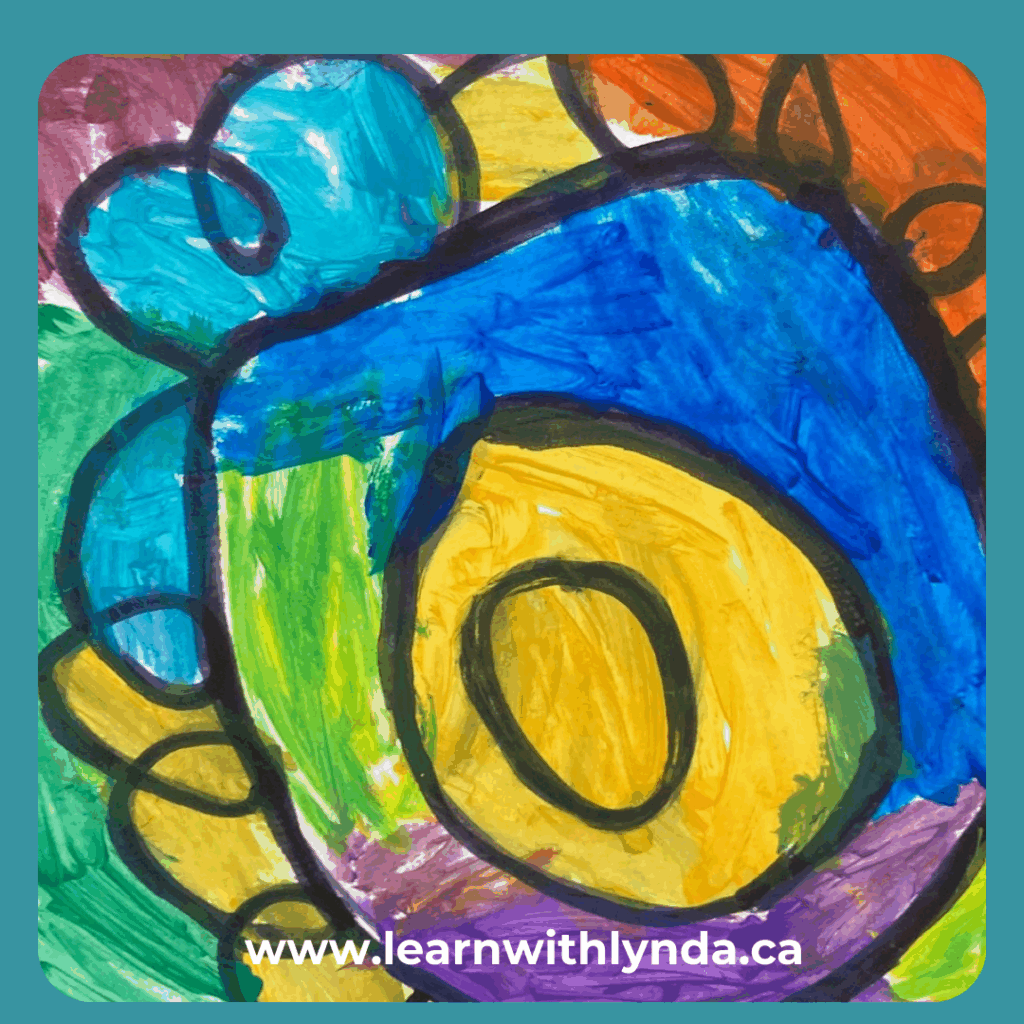
Happy Teaching,
Lynda

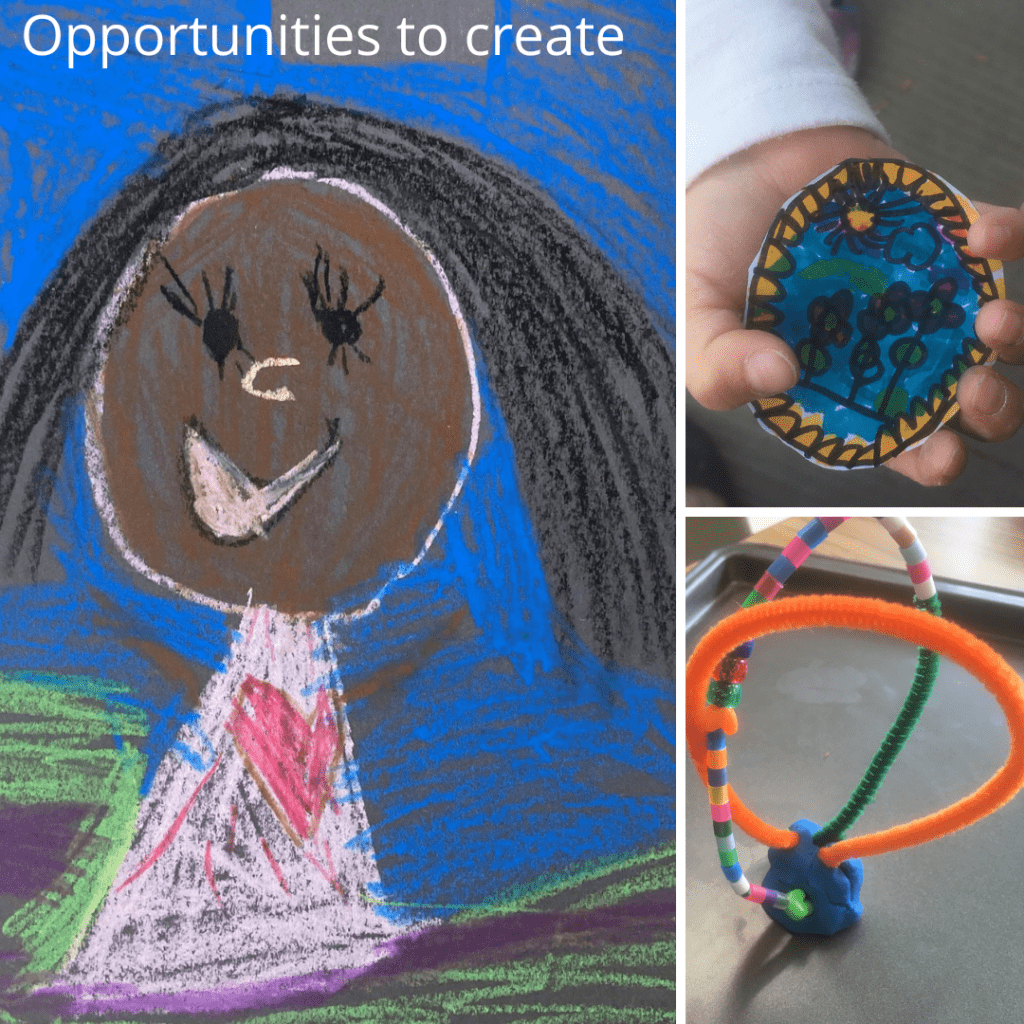
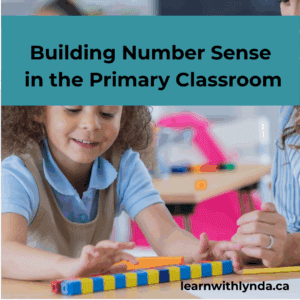
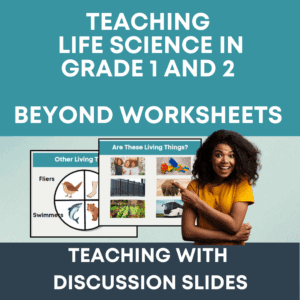

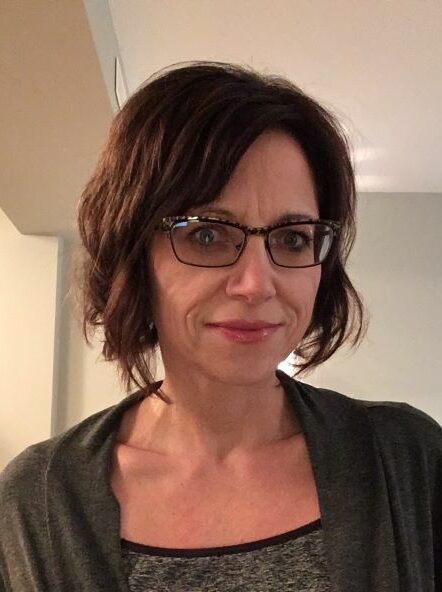
One Response
Thanks for information